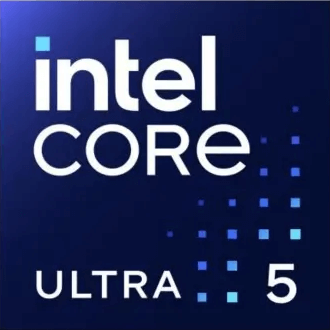Intel Processor N200 vs Intel Atom x7 Z8750
We compared two laptop CPUs: Intel Processor N200 with 4 cores 1.0GHz and Intel Atom x7 Z8750 with 4 cores 1.6GHz . You will find out which processor performs better in benchmark tests, key specifications, power consumption and more.
Main Differences
Intel Processor N200 's Advantages
Released 7 years late
Integrated graphics card
Higher specification of memory (4800 vs 1600)
Larger memory bandwidth (38.4GB/s vs 25.6GB/s)
Newer PCIe version (3.0 vs 2)
More modern manufacturing process (10nm vs 14nm)
Intel Atom x7 Z8750 's Advantages
Lower TDP (2W vs 6W)
Score
Benchmark
Geekbench 6 Single Core
Intel Processor N200
+547%
1262
Intel Atom x7 Z8750
195
Geekbench 6 Multi Core
Intel Processor N200
+376%
2701
Intel Atom x7 Z8750
567
General Parameters
Jan 2023
Release Date
Jan 2016
Intel
Manufacturer
Intel
Laptop
Type
Laptop
x86-64
Instruction Set
-
Alder Lake
Core Architecture
Cherry Trail
N200
Processor Number
-
BGA-1264
Socket
UTFCBGA1380
UHD Graphics (32 EU)
Integrated Graphics
Intel HD Graphics 405 Mobile
-
Generation
Atom (Cherry Trail)
Package
10 nm
Manufacturing Process
14 nm
6 W
Power Consumption
2 W
105°C
Peak Operating Temperature
-
-
Foundry
Intel
CPU Performance
Performance Core Base Frequency
1.6 GHz
-
Performance Core Turbo Frequency
2.56 GHz
4
Efficiency Cores
-
4
Efficiency Core Threads
-
1.0 GHz
Efficiency Core Base Frequency
-
3.7 GHz
Efficiency Core Turbo Frequency
-
4
Total Core Count
4
4
Total Thread Count
4
100 MHz
Bus Frequency
100 MHz
10
Multiplier
16
96 K per core
L1 Cache
96 KB per core
2 MB shared
L2 Cache
2 MB shared
6 MB shared
L3 Cache
6 MB shared
No
Unlocked Multiplier
No
-
SMP
1
Memory Parameters
DDR5-4800, DDR4-3200, LPDDR5-4800
Memory Types
LPDDR3-1600
16 GB
Max Memory Size
8 GB
1
Max Memory Channels
2
38.4 GB/s
Max Memory Bandwidth
25.6 GB/s
No
ECC Memory Support
No
Graphics Card Parameters
true
Integrated Graphics
-
300 MHz
GPU Base Frequency
200 MHz
750 MHz
GPU Max Dynamic Frequency
600 MHz
256
Shader Units
-
16
Texture Units
-
8
Raster Operation Units
-
32
Execution Units
16
45 W
Power Consumption
-
0.74 TFLOPS
Graphics Performance
-





